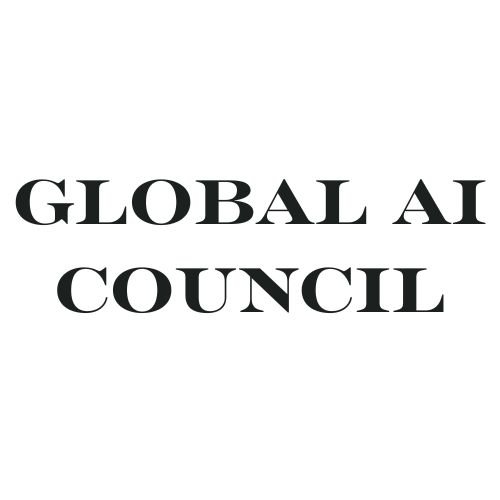AI and Language Processing: The Evolution of Communication
Artificial Intelligence (AI) is revolutionizing the way we communicate, thanks to advancements in natural language processing (NLP). These technologies enable machines to understand, interpret, and generate human language, transforming communication across various platforms. Here’s a closer look at how AI and language processing are evolving and shaping the future of communication.
1. Enhanced Communication Tools
Chatbots and Virtual Assistants: AI-powered chatbots and virtual assistants, such as Siri, Alexa, and Google Assistant, have become integral parts of daily life. They can understand and respond to spoken language, perform tasks, and provide information, making communication more efficient and accessible.
Real-Time Translation: AI-driven translation tools like Google Translate and Microsoft Translator can instantly translate text and speech between multiple languages. These tools break down language barriers, enabling seamless communication in global interactions.
Speech Recognition: AI technologies like speech-to-text and voice recognition have improved significantly, allowing for accurate transcription of spoken language. This is particularly useful in fields like healthcare, legal, and customer service, where accurate and fast documentation is crucial.
2. Content Generation and Analysis
Automated Content Creation: AI can generate written content, such as news articles, reports, and creative writing. Tools like OpenAI’s GPT-4 can produce human-like text based on prompts, helping businesses create content quickly and efficiently.
Sentiment Analysis: AI analyzes text to determine the sentiment behind it, whether positive, negative, or neutral. This is valuable for businesses monitoring customer feedback, social media interactions, and market trends, enabling them to respond appropriately and improve customer relations.
Language Understanding: AI can understand context, nuances, and intent in human language. This allows for more accurate and meaningful interactions, whether through customer service chatbots, personal assistants, or language learning apps.
3. Challenges and Ethical Considerations
Bias and Fairness: AI language models can inherit biases from the data they are trained on, leading to unfair or discriminatory outcomes. Addressing these biases is crucial to ensure equitable communication tools.
Privacy Concerns: The use of AI in language processing involves handling large amounts of personal data, raising privacy and security concerns. Ensuring robust data protection measures is essential to safeguard user information.
Misuse of AI-Generated Content: AI-generated content can be used for misinformation or malicious purposes. Ensuring the authenticity and credibility of information generated by AI is a critical challenge.
4. Future Trends and Opportunities
Multimodal Communication: The integration of text, speech, and visual data will lead to more sophisticated communication tools. AI will enable seamless switching between different modes of communication, enhancing user experience.
Personalized Communication: AI will enable more personalized communication experiences, tailoring interactions based on user preferences, behavior, and context. This can lead to more meaningful and effective communication.
Advancements in Understanding: Future AI developments will focus on deeper language understanding, including cultural and contextual nuances. This will improve AI’s ability to engage in more complex and human-like conversations.
Conclusion
AI and language processing are revolutionizing communication by enhancing tools for interaction, automating content creation, and improving language understanding. While these advancements offer significant benefits, they also pose challenges related to bias, privacy, and misuse. As AI continues to evolve, it will be crucial to address these challenges and ensure that AI-driven communication tools are used ethically and responsibly. The future of communication promises even more sophisticated, personalized, and seamless interactions, driven by the continued advancements in AI and natural language processing.
